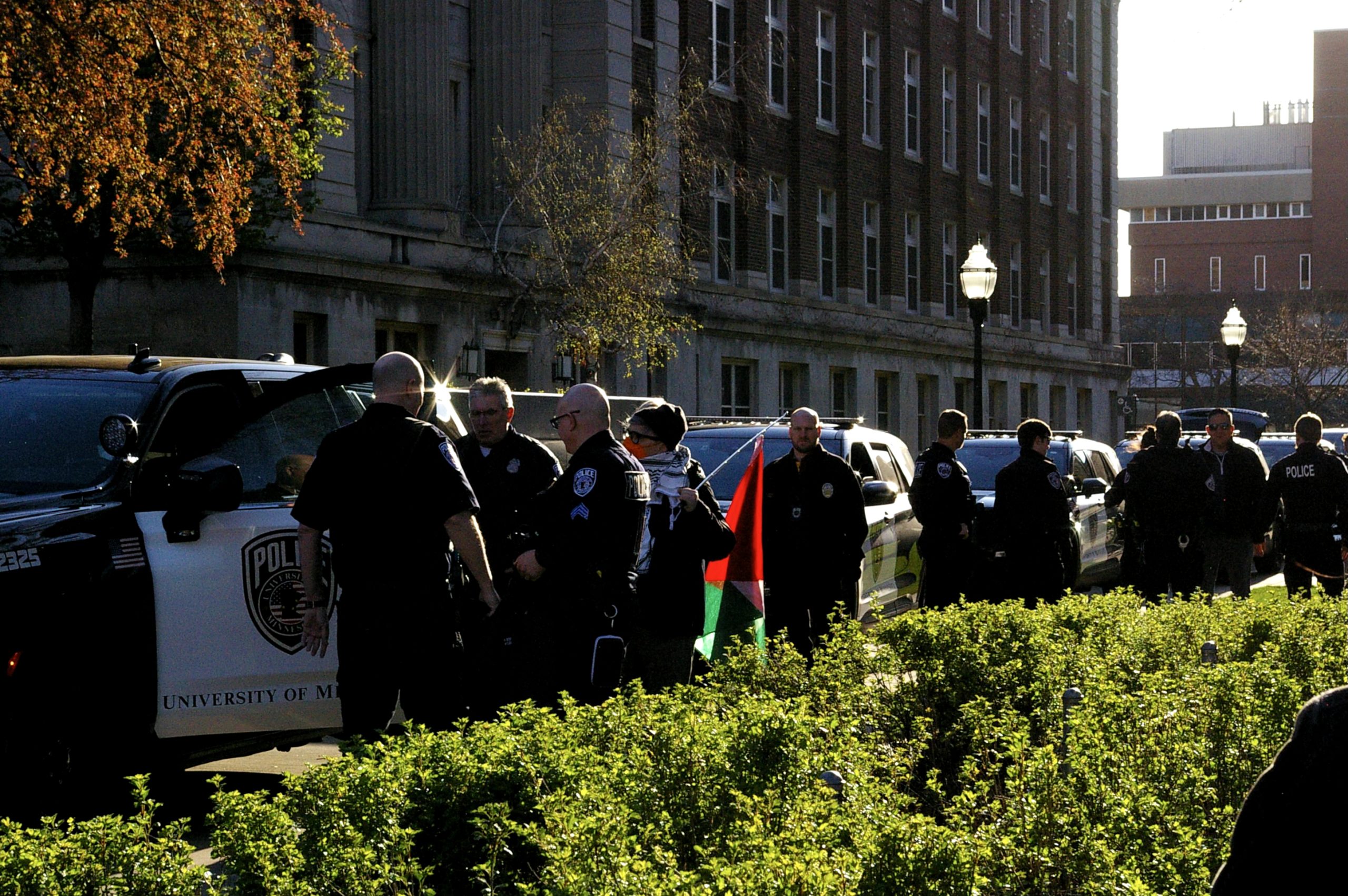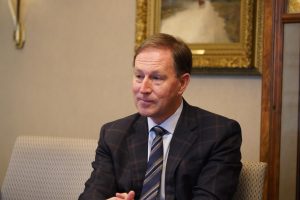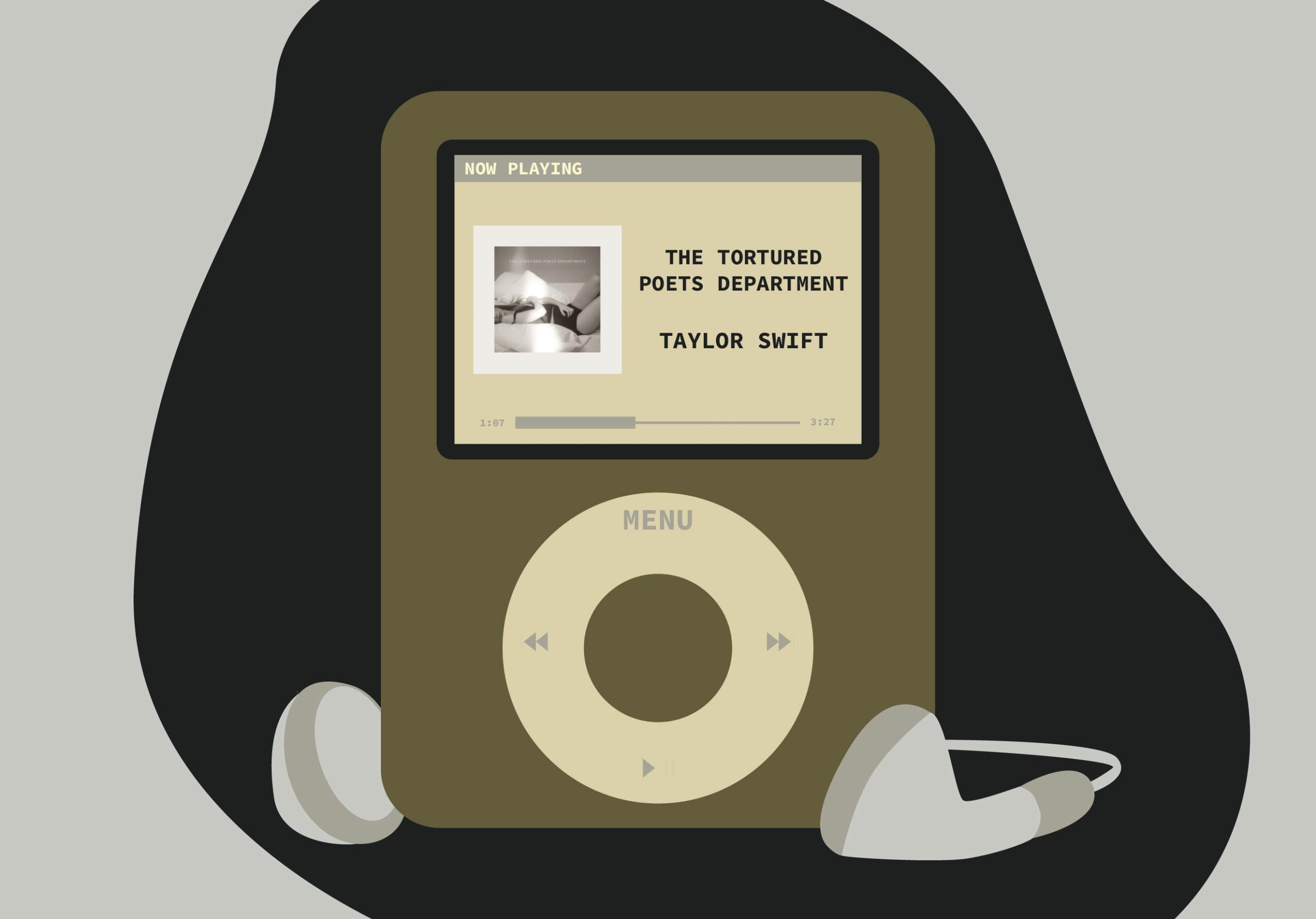As President Barack Obama orders an additional 30,000 troops to Afghanistan, I am reminded of the words he spoke in October 2007. âÄúI will promise you this, that if we have not gotten our troops out by the time I am president, it is the first thing I will do. I will get our troops home. We will bring an end to this war. You can take that to the bank.âÄù So now I just have this one question: Does TCF Bank give hope and inspiration refunds? Since Obama has taken office, we have more than doubled our military commitment in Afghanistan. After one year of ObamaâÄôs presidency, we still have 100,000 troops in Iraq. Obama has stated that by July 2011, the United States will have begun to bring home the troops from Afghanistan. Keyword: âÄúbegun.âÄù There has been no discussion of the withdrawalâÄôs pace and top officials have shown no commitment to the date. Secretary of State Hillary Clinton admits, âÄúweâÄôre not talking about an exit strategy or a drop-dead deadline.âÄù Obama says escalation will help us win the war, reverse gains made by the Taliban, and that this will then ease the transfer of responsibility onto Afghan troops âÄî the eventual goal. However, this is not as easy as a troop surge. The Taliban are not classic terrorists, but a militant, anti-modern, Islamic fundamentalist movement, arguably strengthening because of the WestâÄôs, nation-building presence. Even so, for more than a decade now Afghanistan has been seen as a safe haven for terrorists. Given its weak government and tribal, decentralized control, it is a convenient locale for all sorts of law skirters. A safe haven, however, is not essential for terrorist activity. It is true that al-Qaeda, the terrorist group behind the Sept. 11 attacks, has sought refuge in the country. But an increase in military attention will only cause them to move. Any wonder why the war is now expanding eastward into Pakistan with U.S. drone fighters? Terrorist activity can be planned literally anywhere. To destroy a haven does little to destroy a mission. And if we have not destroyed their mission, all we have done is kill more people, which undeniably fuels anti-American rhetoric and the Taliban who employ it. An accurate estimate of total civilian deaths is a hard number to tabulate, but the United Nations estimates that in the first half of 2009, over 1,000 Afghan civilians were killed. This number is unacceptable, and while the United States does take precautions to protect civilians, the recent surge will only increase these grim death tolls. To put this in perspective, roughly 3,000 U.S. citizens died from the Sept. 11 terrorist attacks. We must remember that at least 100,000 innocent Iraqi and Afghan civilians have been killed since the warsâÄô beginning. Can there be any doubt as to why âÄúinsurgencyâÄù is on the rise? A second reason we cannot succeed in Afghanistan is the crude state of AfghanistanâÄôs official government and the level of corruption that runs throughout it. When it comes to nation-building, the United States has little choice but to empower leaders who amount to the lesser of evils. According to a 2009 survey by Transparency International, a global coalition against government corruption, Afghanistan was the second most corrupt country out of 180 included in the index, after Somalia. In Afghanistan, government positions are bought and sold; it is said that bribery is the national currency. President Hamid Karzai âÄî apparently the best stooge available âÄî is considerably unhelpful in the matter and has proven unwilling and unable to root out unscrupulous standards. Afghan citizens widely distrust Karzai, and many have accused him of being a crony himself. As a result, the Afghan people feel little alliance to the central government, which then leads many to support a resurging Taliban. There is no stability in the government, and with such deep corruption it will take more than killing all the bad guys to bring order to the country. If the official government succeeds in establishing control, it is likely the state will eventually fall to a militant political faction, like the Taliban who controlled the region in 2001 when the war began. The country would still eventually relapse because it does not have a sustainable economy. The greater portion of AfghanistanâÄôs economy is based on the production of opium and consequent drug trafficking. This in itself cripples economic growth, disrupts the countryâÄôs reconstruction and ultimately attracts instability and tribal warlords. According to a recent NPR story, Afghanistan produces more than 90 percent of the worldâÄôs supply of heroin, and the United Nations has stated that the Taliban has earned an estimated annual income of $125 million from the opiate market since 2005. While opiate production has been decreasing due in part to the billions of dollars the United States has spent on counternarcotics programs, the Afghanistan economy is still completely dependent on the trade. In order to reverse this trend and establish a sustainable, legitimate economy, an incredibly expensive and long-term commitment would have to be made, just as is true to fighting the governmentâÄôs corruption and destroying the terroristsâÄô mission. According to the New York Times, ObamaâÄôs expanded presence is estimated to cost $1 trillion over the next 10 years. How much more will we have to spend to understand the futility of this war? How much bloodshed does victory cost? There is a march protesting the surge scheduled to meet at 5:00 p.m. Thursday in front of Coffman Union. Jennifer Bissell welcomes comments at [email protected].









